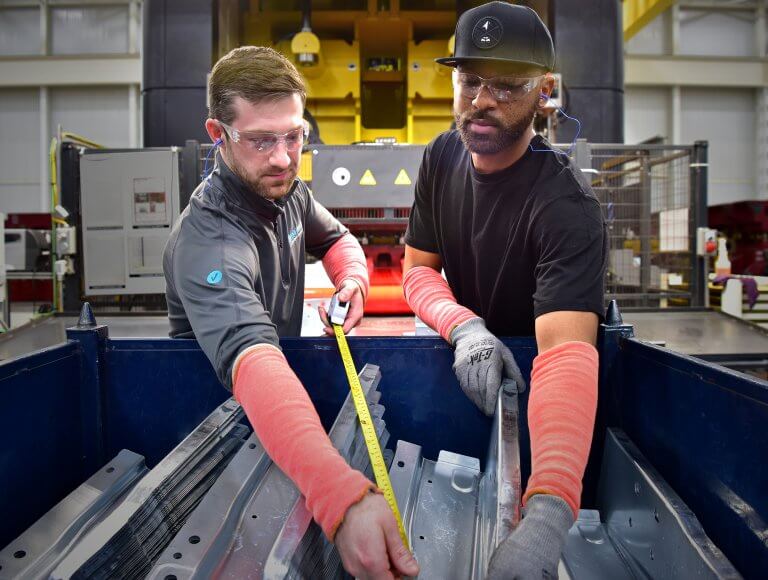I have been working in the field of ergonomics for the past five years. During this time, I have had the opportunity to work with many clients to help them establish an ergonomics process; to do this you must understand what issues you are trying to solve and how to interpret the results.
As an ergonomist, when I am observing a specific task or operation, I am always looking for the same key risk factors that are known to lead to musculoskeletal disorders (MSDs): high forces, awkward postures, repetitive actions, and sustained postures. I want to identify the risk factors present in the task and find ways to eliminate or reduce them through engineering changes.
Identifying risk factors, by completing an ergonomics assessment and getting a quantitative score, is a critical first step in your ergonomics process. But what are these results telling you, and how do you address the issues?
Most ergonomics assessments try to break down those risk factors to give you more information. The results tell you so much more than, “this task is high-risk”; they often show you which risk factors are causing the problems and which body part(s) are being affected. An ergonomics assessment builds a story around the task, and the results show which areas need improvement. An effective ergonomics process is one that is driven by implementing improvements.
A common way to interpret the results of an ergonomics assessment is to use the “5 Whys” approach: keep asking yourself “why” until you understand what has caused the assessment score to develop the way it did.
The 5 Whys Approach – Example
Let’s assume we used Humantech’s Advanced Assessment Tool and the resulting Risk Priority Score (RPS) was identified as “high.”
- Why is the RPS score high? Because we have high-risk scores for the back and for the right and left shoulders.
- Why is the back a high-risk body area? Because the assessment identified many awkward postures and high forces involving the back.
- Why were awkward postures identified? Because the operator is repeatedly bending over to load a pallet.
- Why is the operator bending over to load the pallet? Because the pallet is located on the floor.
You may not always get to the 5th why (or you may get to a 6th or 7th!); in this example, just four were enough to show you that a low work height is the issue we’re trying to identify. Keep asking “why” until you understand all the facets of your results. Breaking down your results in this manner gives you the ability to see what improvements can eliminate or reduce the risk factors.
Completing an ergonomics assessment is just the first step in your ergonomics process; how you interpret the results to build and implement improvements is working through the rest of it.
Read about the most common mistakes to avoid when implementing an ergonomics process.
